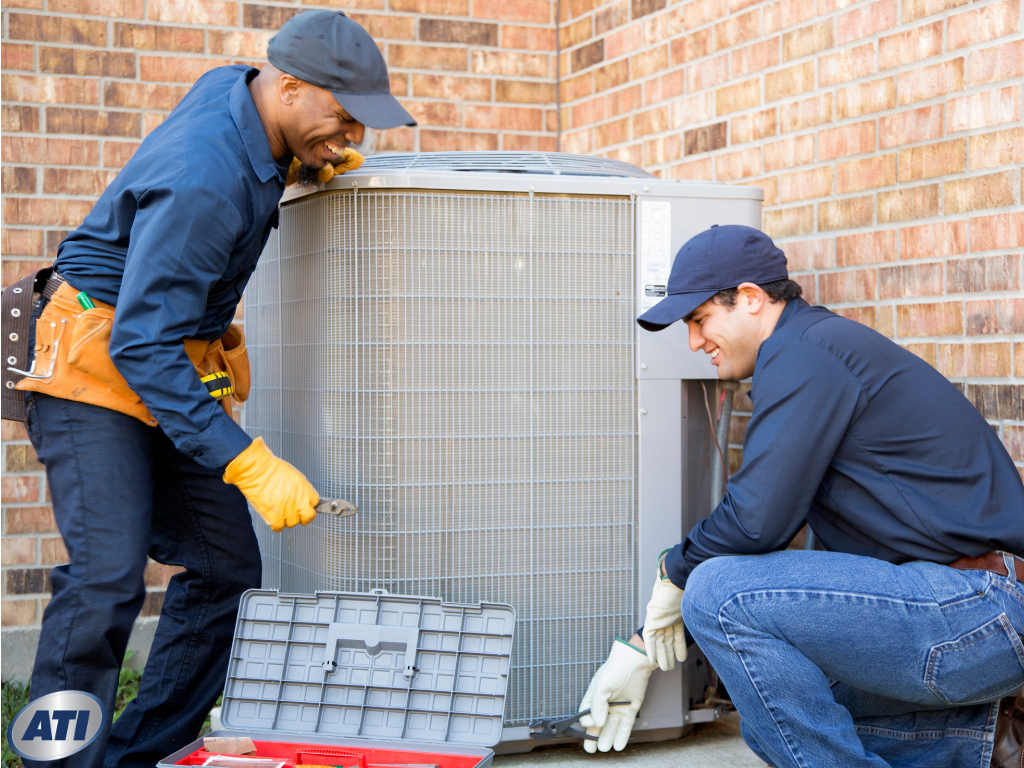HVAC For Your Home

Heating, Ventilation, and Air Conditioning (HVAC) are an advanced technology of vehicular and indoor environmental control. It is used to condition indoor space through the process of heating, ventilating, and air conditioning (HVAC). Its main purpose is to offer satisfactory indoor air quality and thermal comfort for the occupants. HVAC services cover the entire range of HVAC appliances and systems, from heating and ventilation ducts, heaters, furnaces, filters, vents, and heat recovery units to air conditioners. In addition, some systems are also fitted with complete control systems such as whole-house water and steam systems, pumps, and sewage treatment plants.
HVAC systems use energy sources for heating, ventilating, and air-conditioning. The most common and popular HVAC appliance is the central HVAC system. These are sometimes referred to as "regulator" or "box units." Some other HVAC appliances are demand regulators, positive displacement regulator, positive-logic exchangers, indirect phase change regulators, hybrid coolants, and condensers. The following article provides information on each type of HVAC appliance and system:
An HVAC system can be installed either inside or outside a building. In addition, you can install an HVAC system indoors or outdoors. However, in both instances, a professional HVAC installer is necessary because outdoor HVAC systems need to cope with the effects of climate, while indoor HVAC systems are usually less sensitive to external changes in temperature and humidity. Installing an HVAC system indoors requires additional space and more expertise.
If your HVAC needs new parts because it has developed problems, contact the manufacturer of your HVAC system immediately. Some common parts that may require replacement include thermostat parts, blower motor, blower fan, heat exchanger, condenser coil, evaporator coil, and furnace air handler. Most HVACs contain blower motors that operate with help of blower vanes. When these vanes malfunction, the heat produced by the heating unit is not properly distributed to the space it is installed in. This causes the whole HVAC system to become inefficient, leading to a reduced level of efficiency and energy usage. To have an HVAC system in perfect working condition, it is advisable to contact a qualified HVAC technician right away.
If your heating and cooling needs have increased, one of the solutions to this problem is a HVAC to duct system cleaning service. HVAC stands for Heating, Ventilation, and Air Conditioning, but it is also known as a heating, ventilating, and air conditioning (HVAC) system. The term HVAC was first used by the U.S. Department of Energy (DOE). HVAC system simply means a system that controls the temperature and humidity of the air in a building or room, especially designed for heating, ventilation and air conditioning (HVAC) systems.
Today, HVAC stands for both Heating Ventilation, and Air Conditioning. It is more often than not confused with air conditioning (AC). Although HVAC and AC are two different systems, they work in harmony together in order to provide comfort to homeowners. With the aid of a qualified technician, you can also optimize your energy consumption and improve the overall condition of your heating, ventilation and air conditioning (HVAC) system.
